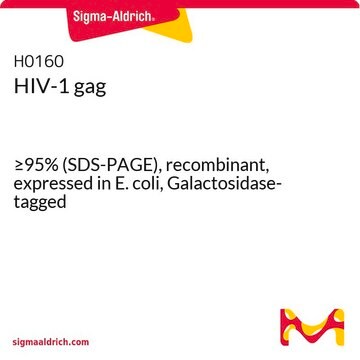Belysa can now be run on both Windows 10 and 11, as well as MacOS (beta version). They can also be downloaded from: https://www.sigmaaldrich.com/services/software-and-digital-platforms/belysa-immunoassay-curve-fitting-software/belysa-downloads
40-122
Belysa Immunoassay Curve Fitting Software
Synonym(s):
Belysa Software, Curve Fitting Tool
About This Item
Recommended Products
description
analysis of data from Luminex®, ELISA and SMCxPRO®
technique(s)
ELISA: suitable (data analysis)
General description
Application
Research Category:
- Milliplex®
- ELISA
- SMCxPRO®
Packaging
Legal Information
recommended
Certificates of Analysis (COA)
Search for Certificates of Analysis (COA) by entering the products Lot/Batch Number. Lot and Batch Numbers can be found on a product’s label following the words ‘Lot’ or ‘Batch’.
Already Own This Product?
Find documentation for the products that you have recently purchased in the Document Library.
Related Content
The newer xMAP® Sheath Fluid PLUS formulation contains 3 modes of microbial action to eliminate potential environmental microbial resistance. See how the preparations compare in this performance comparison of the previous xMAP® Sheath Fluid to the new xMAP® Sheath Fluid PLUS formulation in MILLIPLEX® multiplex assays.
Use the power of high sensitivity immunology assays with SMC® technology to precisely characterize low-abundant cytokines like those from Th1/Th2 and Th17 cells.
-
Is the Belysa software compatible with Windows and MacOS?
Is the Belysa software compatible with Windows and MacOS?
1 answer-
Helpful?
-
-
Is it possible for Belysa to perform a 4PL curve fitting with 1/Y weighting, and if so, could a brief overview be provided on the procedure to accomplish this?
1 answer-
The weighting function in the software is not customizable. It provides two weighting functions that are automatically selected based on the curve fitting formula applied. The user manual provides more detail on this topic.
Weighting
The weighting function affects how the curve fit parameters are calculated and describes how the variance changes in relation to the concentration. For most curve fit options, the weighting function used is 1/y². For Robust curve fit options, the weighting function used is 1 divided by the median value of the replicate group (or the average if 2 or fewer replicates).
Helpful?
-
-
1. Why does MDD sometimes display a value when blanks haven't been defined in the plate map? LOD was N/A, but MDD showed values.
2. Do blank wells contribute to the curve fit equation, or is it only non-zero standard points?
1 answer-
1. In version 1.2.1, both LoD and MDD are interpolated from the standard curve. If the curve does not have any blanks defined, it is expected that the LoD and MDD would be non-applicable (N/A). It is important to note that the software does not designate a separate "blank" well type. Any standard well with an expected concentration of 0.0 is treated as a blank for the purposes of calculating LoD and MDD.
2. Yes, the curve fitting process does take into account blank wells. Therefore, the presence or absence of blank wells within the group will affect the curve fitting.
Helpful?
-
-
Is there a way within the Belysa software to apply a dilution factor to every analyte at once? Also, is there a way to copy and paste a dilution factor down a column of samples within the software?
1 answer-
The best and easiest way to use sample dilutions in Belysa is to have them in the input file (.csv). So either enter into Xponent and have the sample dilutions get exported out of Xponent with your raw data or edit your .csv file to add the desired sample dilution to the end of the file where sample dilutions are kept.
Helpful?
-
Active Filters
Our team of scientists has experience in all areas of research including Life Science, Material Science, Chemical Synthesis, Chromatography, Analytical and many others.
Contact Technical Service





